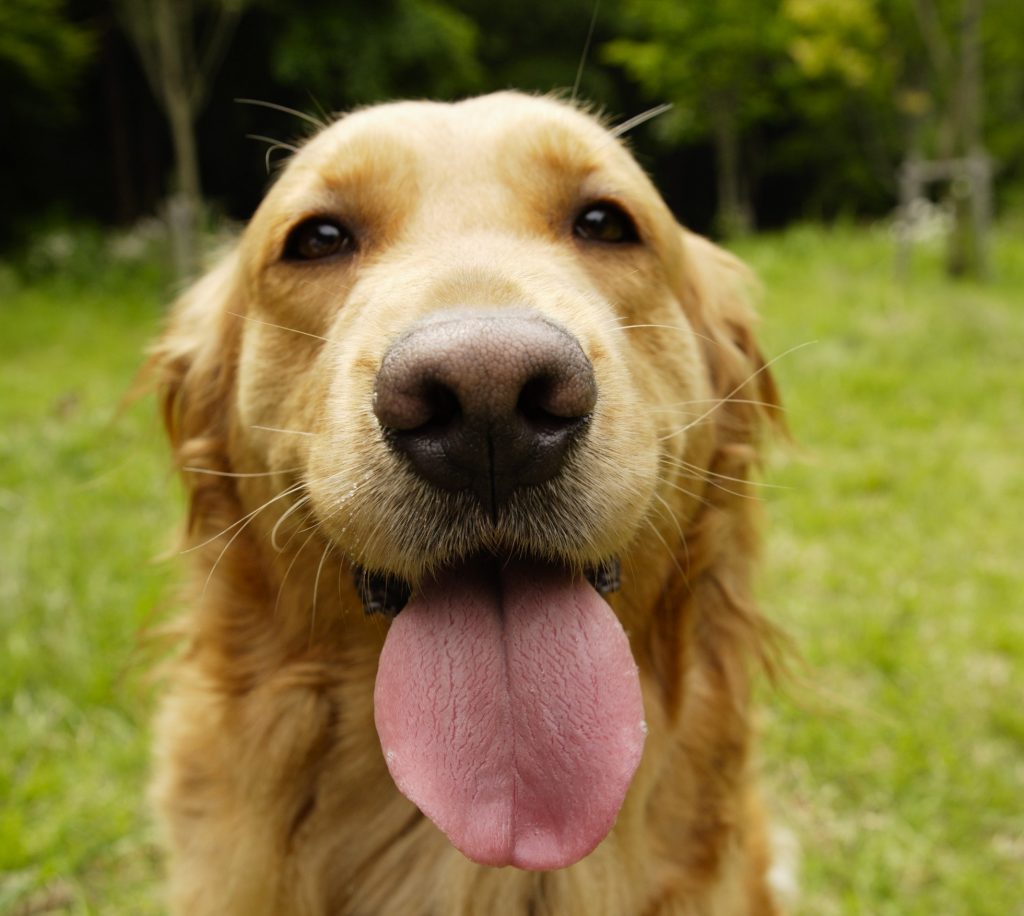So you're dog licks and you don't have any idea why or you never even gave it a second thought. Well… You should know what it means when your dog licks. We found this easy to follow article and video at The Other End of the Leash that covers many of the reasons our dogs tend to lick. Use this as a guide to understand your dog when he or she has an overactive tongue. I didn't think my dog had a licking problem until I read this and realized I was not even aware how often my dog was licking. Pay close attention to your “best friend” after reading this piece, you might be surprised at how unaware you are of your dog's licking habits.
ANTICIPATION OF FOOD: This would seem to be a no-brainer, but can take some time to distinguish from other types. Usually, (but not always) licking in anticipation of food involves the tongue moving laterally, to the side of the dog’s mouth, while in other types of lip licks the tongue moves straight forward. Usually associated with an increase in salivation (á la Pavlov), we humans tend to do the same thing when anticipating something wonderful about to pop into our mouth. Be aware that context is key here, because I’ve seen tongues go all over the place–to the side or the front, in all possible contexts. (I do wonder sometimes if dog are lip licking both in anticipation and with one of the motivations listed below, but I’m just speculating…)
APPEASEMENT (aka Submission aka Calming Signals): In this case, the tongue usually moves out straight forward from the mouth, sometimes so far that the nose itself is licked. Often seen in social interactions, this is described as a “pacifying behavior” by Roger Abrantes (Dog Language: An Encyclopedia of Canine Behavior), or an “appeasement signal one canid uses to let others know he means no harm” by Barbara Handelman (Canine Behavior – A Photo Illustrated Handbook). Pat Goodman’s quote in Handelman’s book is one of my favorite lines about lip licking: “The canid equivalent to human fidgeting.” Many authors suggest (as do the two listed here) that this behavior originated in neonatal nursing behavior. Makes sense to me, although we are just speculating here. (Thanks to Marty Sloan from Wolf Park for this photograph.)
Here’s a good video example in a dog, making the excellent point that her dog is NOT illustrating guilt (a la the viral videos in years past), but is illustrating what the author labels as appeasement.
Image Source: 4 photos.net
